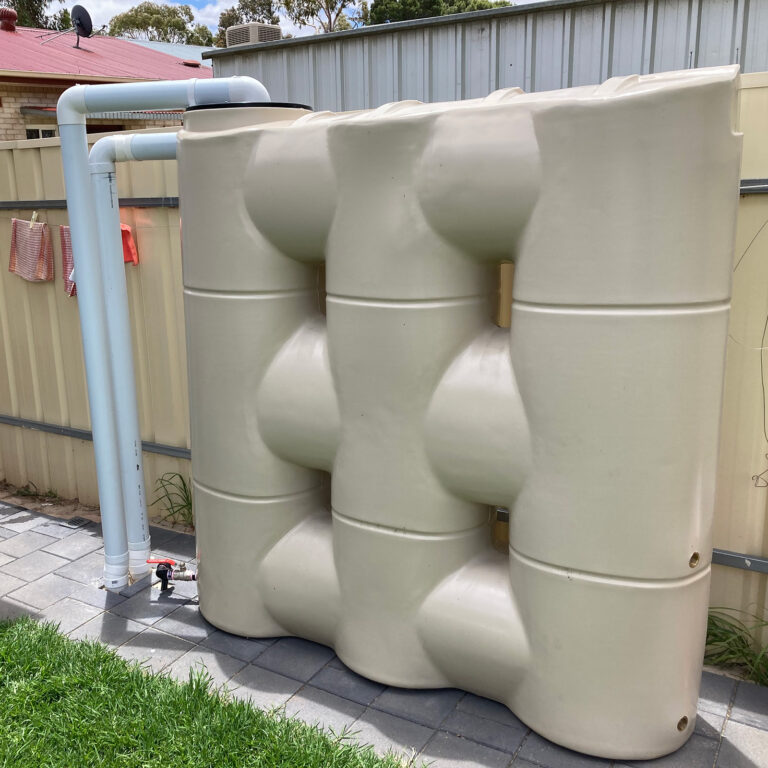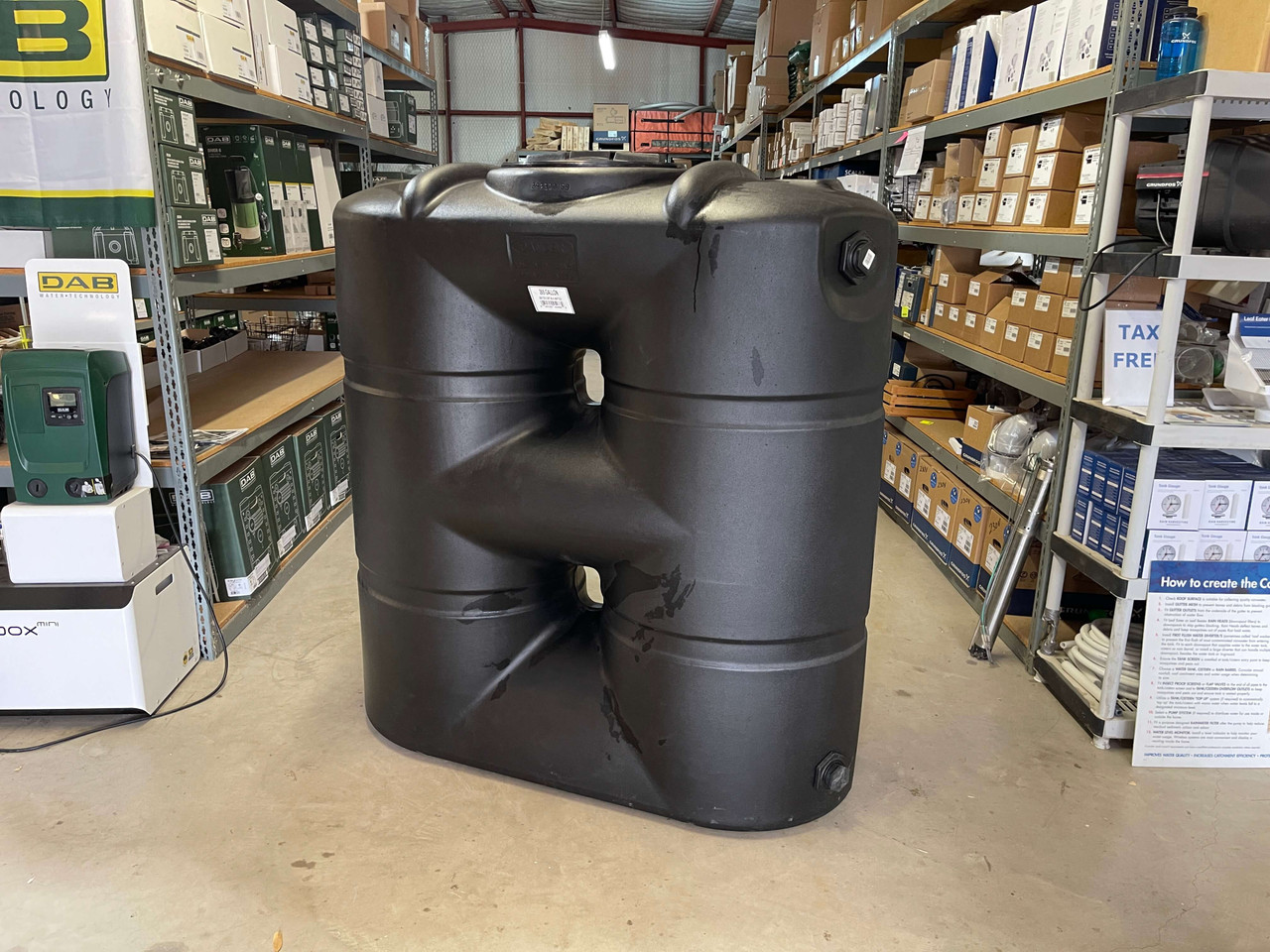Trustworthy Slimline Water Tanks: Optimize Your Water Storage Space Capability
Trustworthy Slimline Water Tanks: Optimize Your Water Storage Space Capability
Blog Article
Comprehending the Relevance of Rainwater Tanks in Drought-Prone Regions for Water Security
In regions at risk to long term droughts, the role of rain containers in reinforcing water security is a subject of expanding significance. As areas face the difficulties of water shortage, comprehending the importance of these storage tanks goes beyond plain collection of rain. Rain tanks function as a crucial tool in mitigating the influence of water shortages by providing a lasting source of water for various demands. The true worth of rainwater containers prolongs much beyond plain storage space; it encompasses resilience-building procedures and the promotion of lasting water conservation strategies. This diverse method to water protection warrants a better evaluation of the role rain storage tanks play in ensuring a reliable water during times of dry spell.
Benefits of Rain Tanks
Making use of rainwater containers offers a sustainable solution for enhancing water system and enhancing water protection in household and business setups. One of the main advantages of rain containers is their ability to decrease dependence on mains supply of water. By catching and storing rainwater that falls on roofs, this different resource can be utilized for various non-potable purposes such as irrigation, flushing commodes, and cleaning garments. This not just preserves treated drinking water but likewise lowers water bills for users.

Rainwater Harvesting Techniques
Rainwater gathering methods incorporate a variety of methods developed to effectively gather and keep rain for different objectives, adding to water preservation and sustainability. One usual strategy is the installment of roof catchment systems, where rain is gathered from the roofing of a structure and guided to a tank. This approach is reasonably simple and cost-effective. Another popular technique is using above-ground or below ground tank to save rain for later use. These tanks come in various dimensions and products to fit different requirements and can be linked to the existing pipes system for very easy accessibility.

Furthermore, rainfall yards and permeable sidewalks are ingenious techniques that involve landscape design or paving surface areas in such a way that enables rain to percolate into the ground, restoring groundwater gets. In addition, contour farming and terracing are farming methods that assist capture rainwater and protect against soil disintegration in uneven surface. By implementing these diverse rain harvesting techniques, neighborhoods can enhance water safety click now and durability in drought-prone regions while advertising sustainable water management methods.
Value of Water Safety And Security
Making sure reputable accessibility to clean and adequate water sources is critical for maintaining human health, financial growth, and ecological wellness. Water security is an important element of societal resilience, specifically in areas prone to dry spells and water scarcity. Sufficient water protection incorporates different measurements, including schedule, quality, and availability of water for residential, farming, commercial, and ecological demands.
Water safety plays a critical duty in advertising public health and wellness by minimizing the occurrence of waterborne diseases and ensuring sanitation centers. Financially, water safety and security is important for agricultural performance, commercial operations, and total financial growth. Slimline water tanks. Furthermore, water security is very closely linked to environmental sustainability, as it sustains environments, biodiversity, and general ecological equilibrium.
In drought-prone regions, water safety becomes much more crucial as a result of the increased threat of water lacks. Applying methods like rainwater harvesting, water recycling, and effective water management methods can significantly improve water security in these locations. By prioritizing water safety, communities can better hold up against the effects of environment change, population development, and other difficulties that intimidate water accessibility.
Enhancing Water Strength
With her explanation increasing worldwide water obstacles, building durability in water supply has ended up being a crucial focus for lasting growth efforts. Enhancing water durability includes applying techniques to make sure water schedule and quality when faced with transforming ecological conditions, such as droughts, floods, and contamination.
One trick facet of enhancing water resilience is promoting the use of rain containers in drought-prone areas - Slimline water tanks. Rain containers serve as an effective means of catching and keeping rain for later usage, lowering dependence on limited freshwater resources during dry periods. By incorporating rainwater harvesting systems into water management plans, communities can improve their ability to endure water shortage and preserve Visit Website water safety

Lasting Water Conservation
In the middle of escalating water difficulties, the prudent monitoring of water resources via sustainable preservation practices is critical for making sure lasting environmental security and societal health. Sustainable water conservation entails the efficient usage of water sources to meet present demands without compromising the ability of future generations to satisfy their very own demands. By carrying out strategies such as rainwater harvesting, greywater recycling, and water-efficient modern technologies, communities can decrease water waste and ease stress on freshwater resources.
Furthermore, sustainable water preservation techniques add to ecosystem health and wellness by keeping adequate water levels in rivers, lakes, and wetlands, supporting biodiversity, and protecting all-natural habitats. These practices likewise play a critical role in alleviating the influences of climate change by aiding to adapt to altering precipitation patterns and water accessibility.

Conclusion
Finally, rain tanks play a critical role in improving water protection and resilience in drought-prone regions. By using rain harvesting techniques, communities can minimize their dependence on traditional water sources and promote lasting water preservation practices. This not only assists alleviate the influences of water deficiency during droughts however likewise adds to lasting water security and resilience when faced with climate modification difficulties.
Report this page